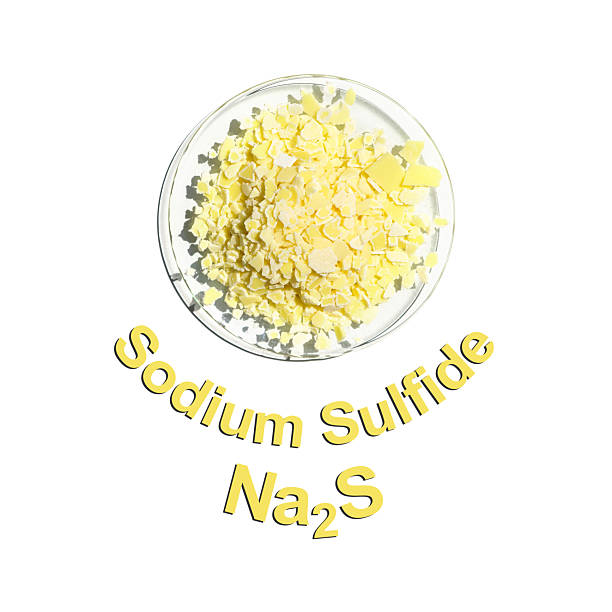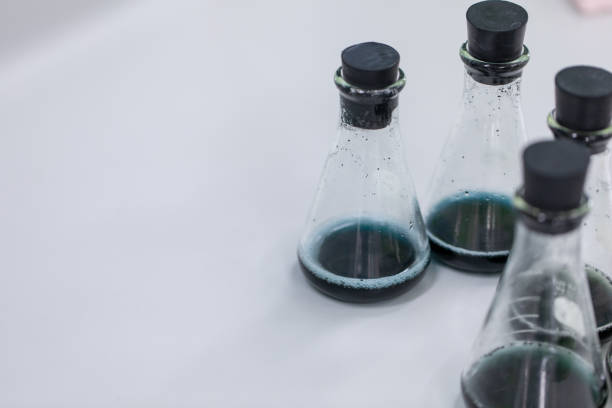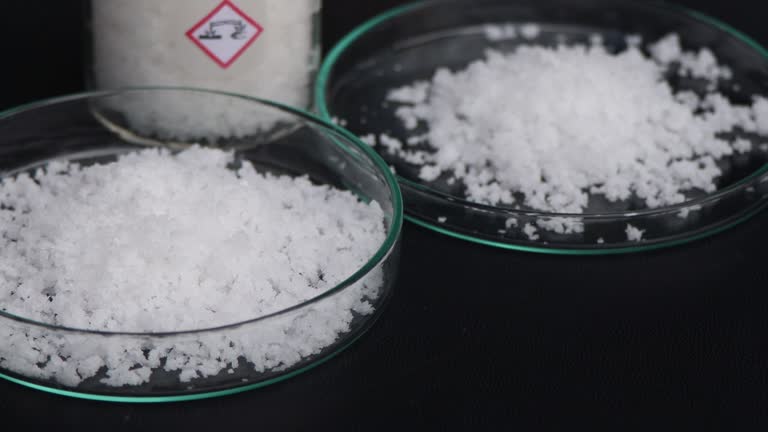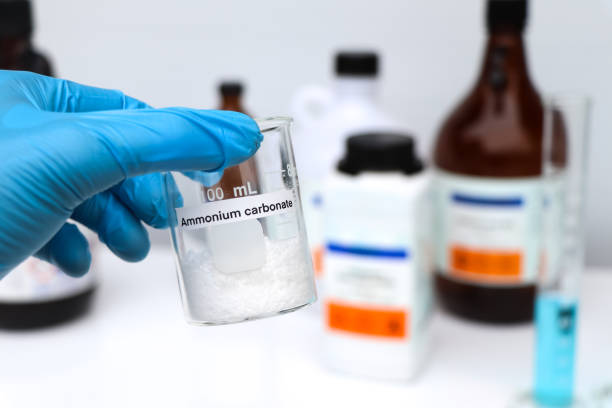Membrane Filtration Technique
The membrane filtration technique is one of the most widely used and reliable methods for separating, purifying, and analyzing microorganisms and particles from liquids and gases. This process is essential in microbiology, water treatment, pharmaceuticals, food industries, and environmental monitoring. In this comprehensive guide, we explore every aspect of the membrane filtration method. Its principles, … Read more









